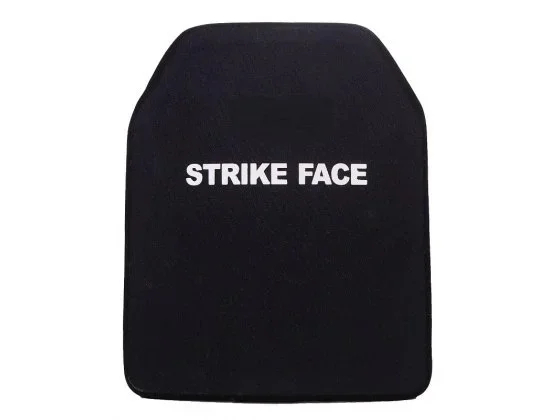What is the difference between NIJ soft armor and hard armor?
Feb 02, 2023
When it comes to body armor, there are two main types. Soft armor and hard armor. Soft body armor is made from aramid fibers such as Kevlar. These aramid fibers are synthetic and very strong. In addition, when they are tightly woven and stacked in layers, they are greatly increased in strength and can provide safety against pistol fire.
Hard ballistic panels, on the other hand, are made from materials such as steel and ceramics, which are where most Class III and IV panels are made, while some newer products are also made from UHMWPE. This ultra-lightweight material is only used to make NIJ Tier 3 and Tier 3A armor, while some manufacturers also use it as a backing for Tier IV armor.
Tier 3A armor is the only armor that offers both forms. You can also get a body armor vest with a soft liner for Class 3A body armor, or you can opt for UHMWPE Class 3A sheet.
As far as protection is concerned, it is important to understand that Level 3A is the standard set by the NIJ and must be tested and rated for both soft and hard body armor. Therefore, NIJ Level 3A panels and soft body armor inserts will provide the same level of protection.
Also, while armor plates are generally heavier than soft armor, tier 3A armor plates may be lighter. A typical piece of Level 3A body armor weighs about 5-6 pounds, while Level 3A body armor made from UHMWPE weighs about 1-1.5 pounds, depending on the size of the body armor. AceLink Armor Level IIIA armor plates weigh only 1.1 lbs, so with a front and rear plate setup, you still have less armor than a bulletproof vest. Additionally, Level 3A panels also ensure better multi-strke protection, however, they may not be as comfortable as soft body armor.










![[Boutique]WENDY Level IIIA Ballistic Helmet Military Tactical Helmet](http://img.staticdj.com/3553c9d9032bddb198f0d456603ca26e_{width}x.jpg)
![[Boutique]WENDY Level IIIA Ballistic Helmet Military Tactical Helmet](http://img.staticdj.com/1741a57d0a74335a5c54a1ba7d82206e_{width}x.jpg)






